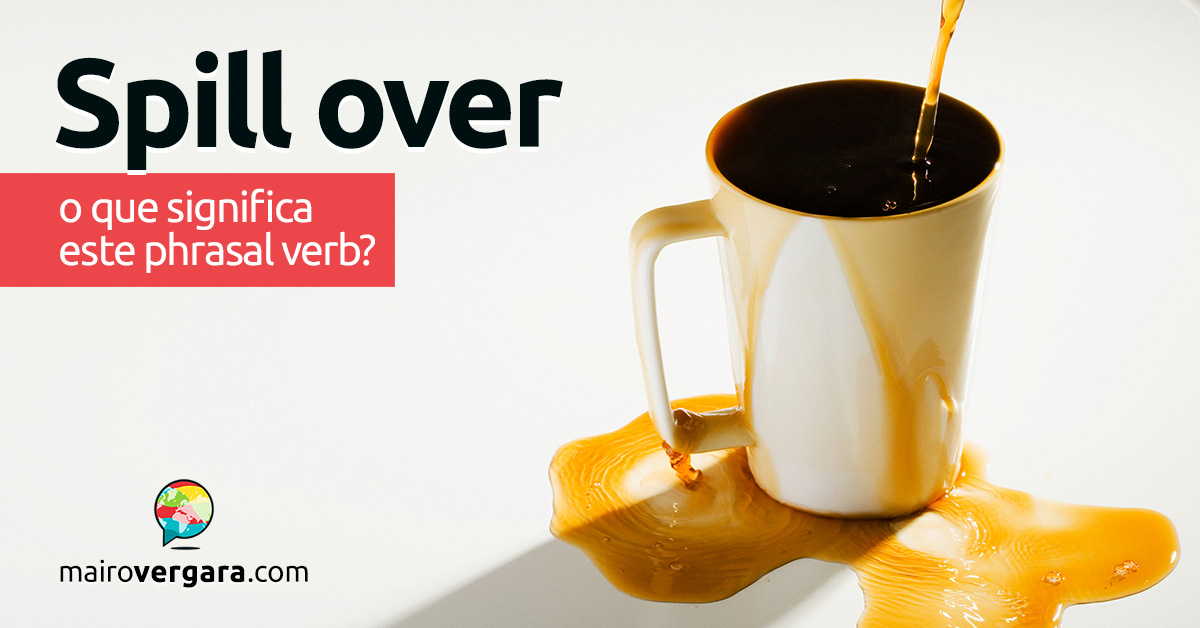Aprendendo inglês com vídeos é uma série de posts em que traremos para vocês vídeos acompanhados de transcrições e traduções, pois este é um material de altíssima qualidade para qualquer estudante de inglês. A grande maioria dos vídeos virão do YouTube, assim como forma de retribuir aos criadores dos vídeos incríveis que vamos usar, pedimos que você sempre dê o seu “Gostei” no vídeo (ao clicar para reproduzir o vídeo você verá a opção “gostei” no próprio vídeo)
The Math Behind Michael Jordan’s Legendary Hang Time (Transcrição)
1 – Michael Jordan once said, “I don’t know whether I’ll fly or not. I know that when I’m in the air sometimes I feel like I don’t ever have to come down.”
2 – But thanks to Isaac Newton, we know that what goes up must eventually come down. In fact, the human limit on a flat surface for hang time, or the time from when your feet leave the ground to when they touch down again, is only about one second, and, yes, that even includes “His Airness”, whose infamous dunk from the free throw line has been calculated at .92 seconds.
3 – And, of course, gravity is what’s making it so hard to stay in the air longer. Earth’s gravity pulls all nearby objects towards the planet’s surface, accelerating them at 9.8 meters per second squared. As soon as you jump, gravity is already pulling you back down.
4 – Using what we know about gravity, we can derive a fairly simple equation that models hang time. This equation states that the height of a falling object above a surface is equal to the object’s initial height from the surface plus its initial velocity multiplied by how many seconds it’s been in the air, plus half of the gravitational acceleration multiplied by the square of the number of seconds spent in the air.
5 – Now we can use this equation to model MJ’s free throw dunk. Say MJ starts, as one does, at zero meters off the ground, and jumps with an initial vertical velocity of 4.51 meters per second. Let’s see what happens if we model this equation on a coordinate grid.
6 – Since the formula is quadratic, the relationship between height and time spent in the air has the shape of a parabola. So what does it tell us about MJ’s dunk? Well, the parabola’s vertex shows us his maximum height off the ground at 1.038 meters, and the X-intercepts tell us when he took off and when he landed, with the difference being the hang time.
7 – It looks like Earth’s gravity makes it pretty hard for even MJ to get some solid hang time. But what if he were playing an away game somewhere else, somewhere far? Well, the gravitational acceleration on our nearest planetary neighbor, Venus, is 8.87 meters per second squared, pretty similar to Earth’s.
8 – If Michael jumped here with the same force as he did back on Earth, he would be able to get more than a meter off the ground, giving him a hang time of a little over one second. The competition on Jupiter with its gravitational pull of 24.92 meters per second squared would be much less entertaining.
9 – Here, Michael wouldn’t even get a half meter off the ground, and would remain airborne a mere .41 seconds. But a game on the moon would be quite spectacular. MJ could take off from behind half court, jumping over six meters high, and his hang time of over five and half seconds, would be long enough for anyone to believe he could fly.
A Matemática Por Trás do Lendário “Hang Time” do Michal Jordan (Tradução)
1 – Michael Jordan uma vez disse, “Eu não sei se eu vou voar ou não. Eu sei que quando eu estou no ar, as vezes eu sinto como se eu nunca tivesse que descer.”
2 – Mas graças a Isaac Newton, nós sabemos que o que sobe, no fim das contas tem que descer. Na verdade, o limite humano em uma superfície plana de tempo no ar, ou o tempo de quando seu pé deixa o chão até quando ele toca o chão novamente, é somente em torno de um segundo, e sim, isso também inclui Sua Majestade, cuja famosa enterrada a partir da linha de lance livre foi calculada em 0,92 segundos.
3 – E, é claro, a gravidade é o que faz ser tão difícil ficar no ar por mais tempo. A gravidade da Terra puxa todos os objetos próximos em direção à superfície do planeta, acelerando-os em 9,8 metros por segundo quadrado. Assim que você pula, a gravidade já está puxando você para baixo.
4 – Usando o que sabemos sobre a gravidade, podemos derivar uma equação simples que representa o tempo no ar. Essa equação afirma que a altura de um objeto caindo sobre uma superfície é igual à altura inicial em relação à superfície mais sua velocidade inicial multiplicada pelo número de segundos que esteve no ar, mais a metade da aceleração gravitacional multiplicada pelo quadrado do tempo de permanência no ar.
5 – Agora podemos usar essa equação para descrever a enterrada de MJ. Digamos que MJ começa, como qualquer um, a zero metros acima do chão, e pula com uma velocidade vertical inicial de 4,5 metros por segundo. Vamos ver o que acontece se representarmos essa equação em um gráfico cartesiano.
6 – Como a fórmula é quadrática, a relação entre a altura e o tempo gastos no ar tem a forma de uma parábola. Então, o que isso nos diz sobre a enterrada de MJ? Bem, o vértice da parábola nos mostra altura máxima dele acima do chão a 1,038 metros, e as intersecções com o eixo x nos dizem quando ele decolou e quando ele aterrisou, com a diferença sendo o tempo no ar.
7 – A gravidade da Terra parece tornar bem difícil até para MJ, conseguir mais tempo no ar. Mas e se ele estivesse jogando em outro lugar, um lugar bem distante? Bem, a aceleração gravitacional do nosso vizinho planetário mais próximo, Vênus, é 8,87 metros por segundo, bem similar à da Terra.
8 – Se Michael pulasse aqui com a mesma força que usou lá na Terra, ele seria capaz de pular mais de um metro acima do chão, dando a ele um tempo no ar um pouco maior que um segundo. A competição em Júpiter, com sua aceleração gravitacional de 24,92 metros por segundo quadrado, seria bem menos divertida.
9 – Aqui, Michael não ficaria nem mesmo meio metro acima do chão, e permaneceria no ar apenas 0,41 segundo. Mas um jogo na Lua seria bem espetacular. MJ poderia decolar de trás da metade da quadra, pulando cerca de 6 metros de altura, e seu tempo no ar de cerca de cinco segundos e meio, seria tempo o suficiente para convencer qualquer um a acreditar que ele pudesse voar.
Espero que vocês tenham gostado do vídeo de hoje e da transcrição/tradução! Como sempre, não deixem de visitar o vídeo no Youtube e dar o seu “gostei”, pois assim vocês estão ajudando o trabalho dos criadores desses vídeos incríveis! Link para o vídeo no YouTube: https://www.youtube.com/watch?v=sDbmcPnzwy4 Abração e bons estudos a todos vocês!










